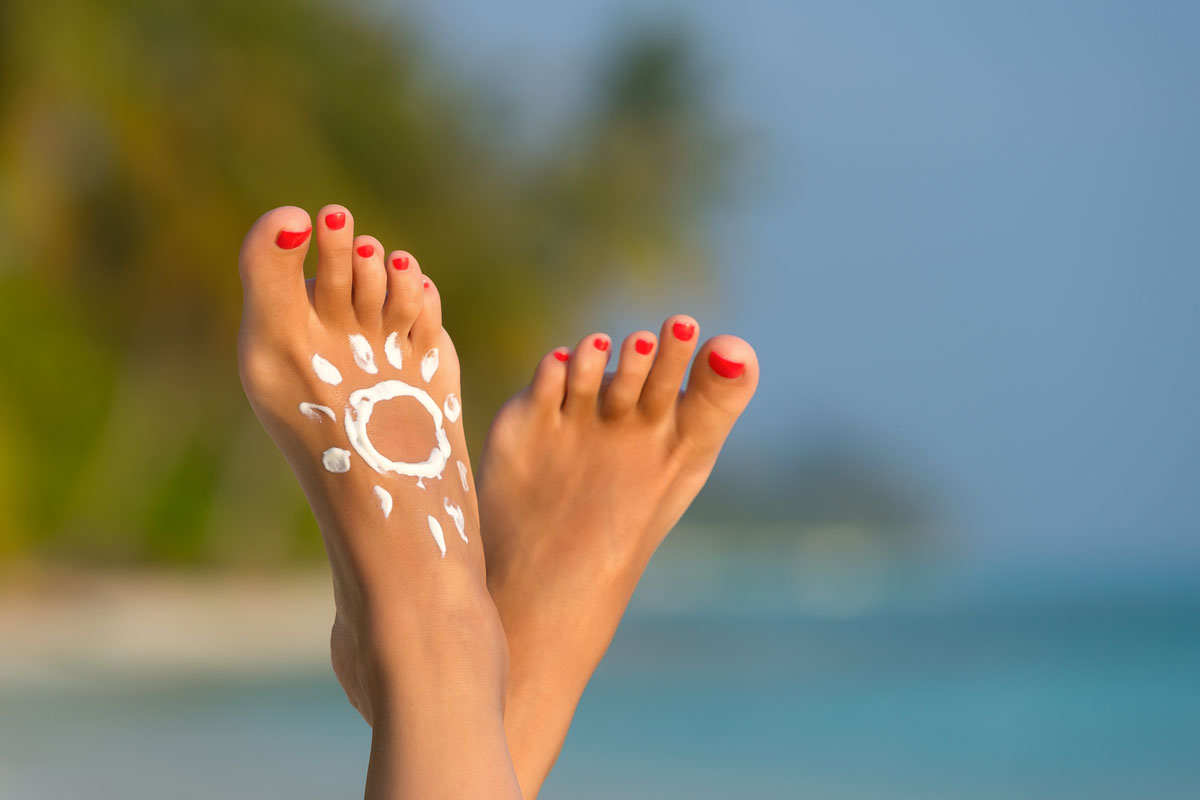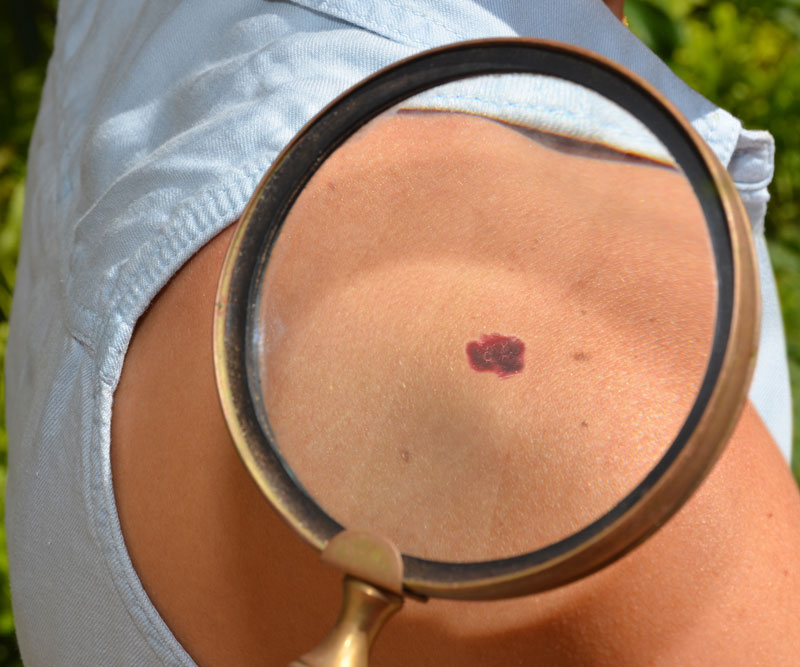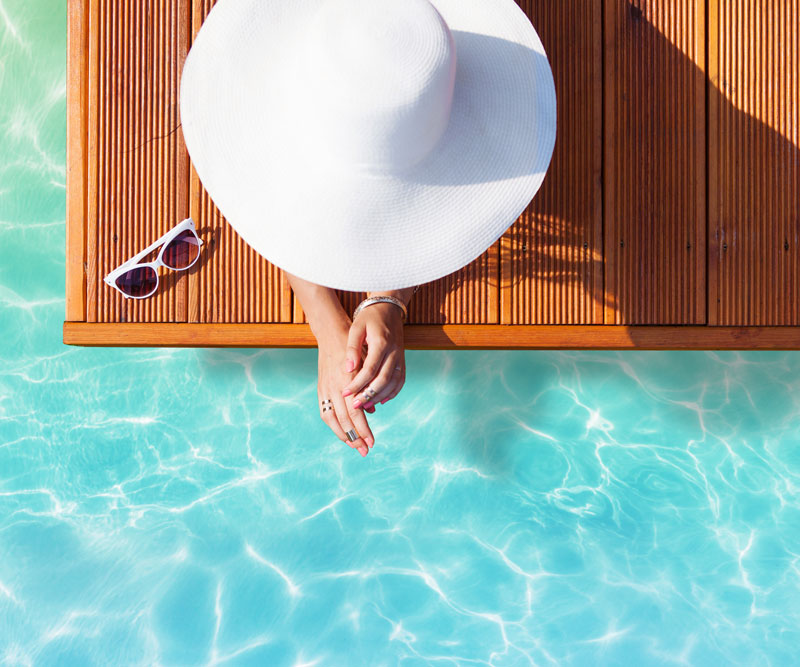
Sunscreen Slip-ups: Common Areas We Forget to Slather on the SPF
Head, shoulders, knees and toes … These aren't just words to a popular song used to teach children the parts of the body; they also are some of the places we make sure are well coated with sunscreen before heading out the door every morning.
Despite our best intentions, there still are areas that get overlooked – which could lead to an increased risk of skin cancer from cellular damage caused by the sun’s ultraviolet rays.
Here are the body parts people most commonly miss.
Ears
A recent study ranked the ears as the third most frequent location for basal cell skin cancer. Cancer can occur on any part of the ear, including the bowl, an area relatively protected from the sun.
Eyelids
No one wants a tan line in the middle of their face, but the best way to protect your eyelids is by wearing sunglasses (just be sure they block 100% of UVA and UVB rays). If you forget your pair or are trying to avoid a raccoon mask, use a moisturizer that contains at least 15 SPF.
Lips
Skin cancers of the lip are most frequent in fair-skinned men ages 50 and older, and the lower lip is 12 times more likely to be affected due to its greater exposure to sunlight. Be sure to wear a lip balm that contains SPF and to reapply after eating or drinking.
The Tops of Your Feet
Unless you've ever suffered sunburn to the tops of your feet, this is probably the last place you'd think to apply sunscreen. However, this area is especially vulnerable to the sun's rays, as it is directly exposed to the sun when you wear skin-baring shoes like slippers or sandals. Slather up to avoid "lobster feet."
Your Scalp
Much like the tops of your feet, the skin on the top of your head has a front-row seat to the sun's ultraviolet rays. Your hair only offers so much protection; wear a hat, or put on some sunscreen. Make sure there is a layer of coverage actually touching the skin.
Remember to always use a sunscreen that has an SPF rating of at least 30 and is labeled "broad spectrum," meaning it is equipped to guard against both UVA and UVB rays.
Read labels carefully to make sure the product isn't expired and avoid leaving sunscreen in the car or in the heat, which can affect the stability of the product.
Published on: July 1, 2025




